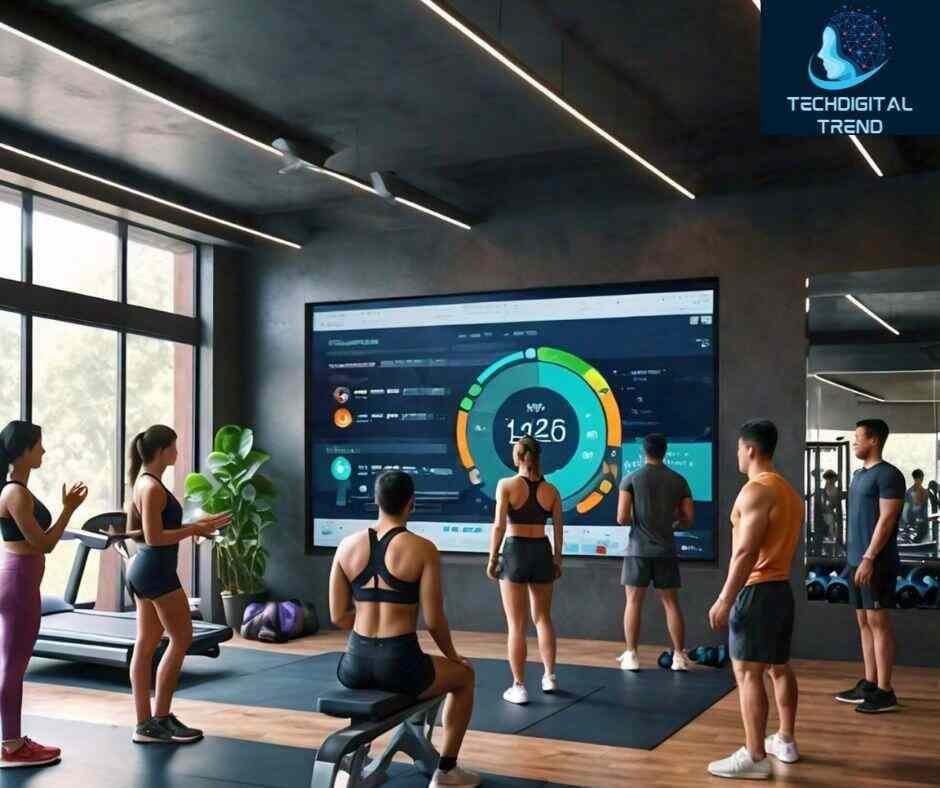Table of Contents
ToggleHealth and Fitness Apps
The fitness industry has undergone a significant transformation in recent years, and health and fitness apps have been at the forefront of this revolution. With over 7 million downloads and counting, these apps are changing the way we approach wellness, exercise, and nutrition.
The Growing Demand for Health and Fitness Apps
According to a recent report by Healthcare IT News, the demand for health and fitness apps is growing exponentially, with a projected market value of $1.5 billion by 2025. This surge in popularity can be attributed to the increasing awareness of the importance of physical activity, healthy eating, and mental well-being.
Personalized Workout Plans and Nutrition Tracking
Health and fitness apps offer users personalized workout plans tailored to their specific goals and fitness levels. These apps also provide nutrition tracking tools, enabling users to monitor their daily calorie intake and make informed decisions about their diet. MyFitnessPal, for example, has a vast database of over 5 million foods, making it easy for users to track their daily nutrition.
Stress Management and Mental Well-being
In addition to physical health, these apps also focus on mental well-being and stress management. Headspace, a popular meditation app, offers guided meditation sessions and personalized mindfulness plans to help users manage stress and anxiety.
Fitness App Development: A Lucrative Industry
The rise of health and fitness apps has led to a surge in fitness app development. Many companies are investing in the creation of innovative and engaging apps that cater to various fitness needs. According to a report by Fitness Magazine, the fitness app development industry is expected to grow by 20% annually over the next five years.
Wellness and Nutrition Apps: A New Era in Wellness
Wellness and nutrition apps are also gaining popularity, offering users personalized wellness plans and nutrition advice. These apps focus on holistic wellness, providing users with a comprehensive approach to health and fitness. Well+Good, a popular wellness app, offers personalized wellness plans, nutrition advice, and fitness routines.
Social Sharing and Community Building
Many health and fitness apps incorporate social sharing features, enabling users to share their progress and connect with like-minded individuals. This community building aspect has been instrumental in the success of these apps, providing users with motivation and support.
Gamification and Incentives
Health and fitness apps also utilize gamification techniques, such as rewards and leaderboards, to encourage users to stay active and engaged. Fitbit, for example, offers users badges and rewards for reaching their daily step goals.
Integration with Wearable Devices
Many health and fitness apps integrate with wearable devices, such as smartwatches and fitness trackers, providing users with a comprehensive view of their physical activity and health metrics.
Data Analytics and Insights
Health and fitness apps provide users with valuable insights and data analytics, enabling them to track their progress and make informed decisions about their health and wellness.
Security and Privacy
Health and fitness apps prioritize user security and privacy, ensuring that sensitive health data is protected and secure.
The Future of Health and Fitness Apps
As technology continues to advance, health and fitness apps will likely incorporate new features and innovations, such as:
-
Artificial intelligence-powered personalized coaching
-
Virtual and augmented reality fitness experiences
-
Integration with electronic health records (EHRs)
-
Enhanced data analytics and insights
Case Studies: Successful Health and Fitness Apps
-
MyFitnessPal: A calorie tracking app with over 100 million registered users
-
Headspace: A meditation app with over 50 million downloads
-
Fitbit: A wearable device and app combo with over 100 million registered users
Benefits of Health and Fitness Apps
-
Convenience and accessibility
-
Personalization and customization
-
Social support and community building
-
Gamification and motivation
-
Data tracking and insights
Challenges and Limitations
-
Data privacy and security concerns
-
Limited accuracy of tracking data
-
Dependence on technology
-
Limited accessibility for certain populations
In conclusion,
health and fitness apps have transformed the way we approach wellness, exercise, and nutrition. With their personalized workout plans, nutrition tracking tools, and stress management techniques, these apps have made it easier for people to achieve their health and fitness goals. The demand for these apps is growing exponentially, and the fitness app development industry is expected to continue its rapid growth in the coming years.
As technology advances, health and fitness apps will likely incorporate new features and innovations, such as artificial intelligence-powered personalized coaching, virtual and augmented reality fitness experiences, and integration with electronic health records. While there are some challenges and limitations to consider, the benefits of health and fitness apps far outweigh the drawbacks.
Whether you’re a fitness enthusiast or a beginner, health and fitness apps are an excellent way to take control of your health and wellness. So why not give them a try? Download a health and fitness app today and start achieving your wellness goals!
Open this link: Tap to here















